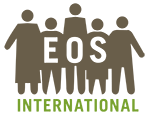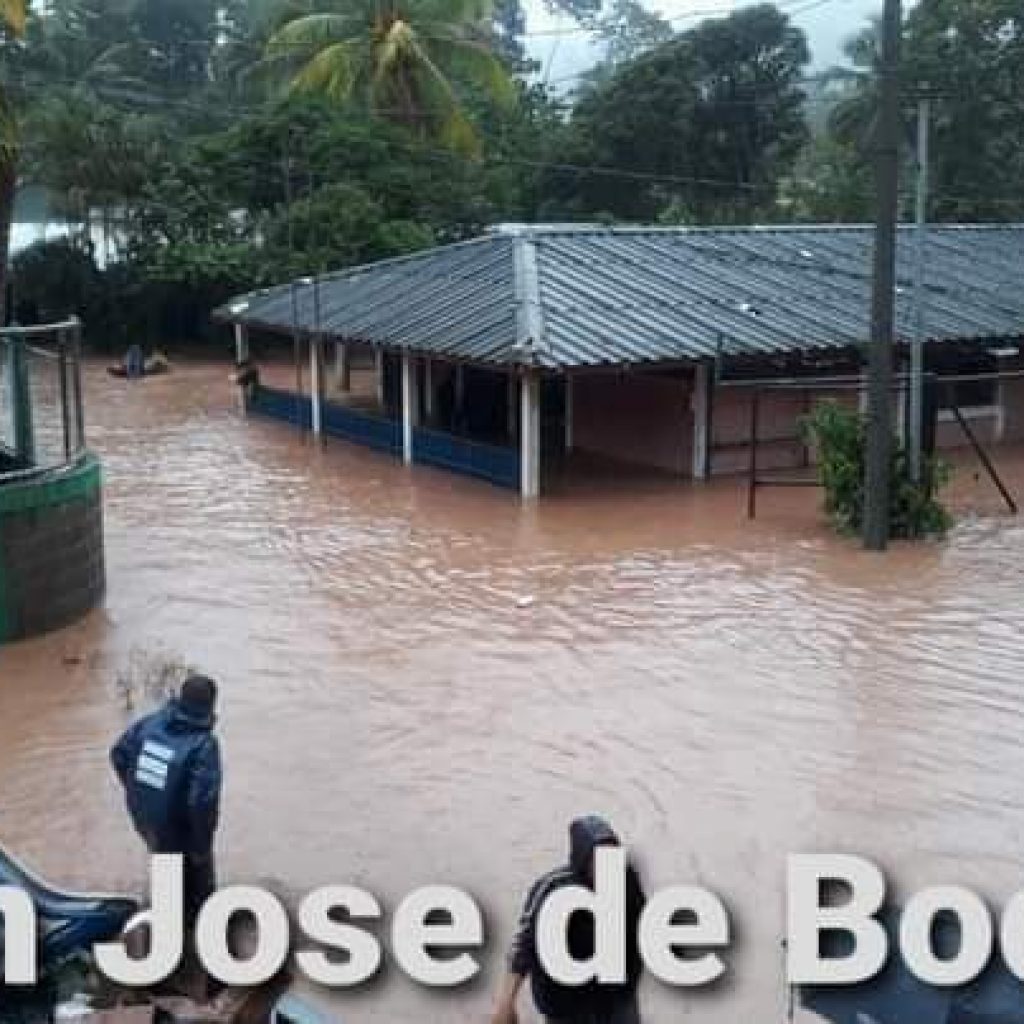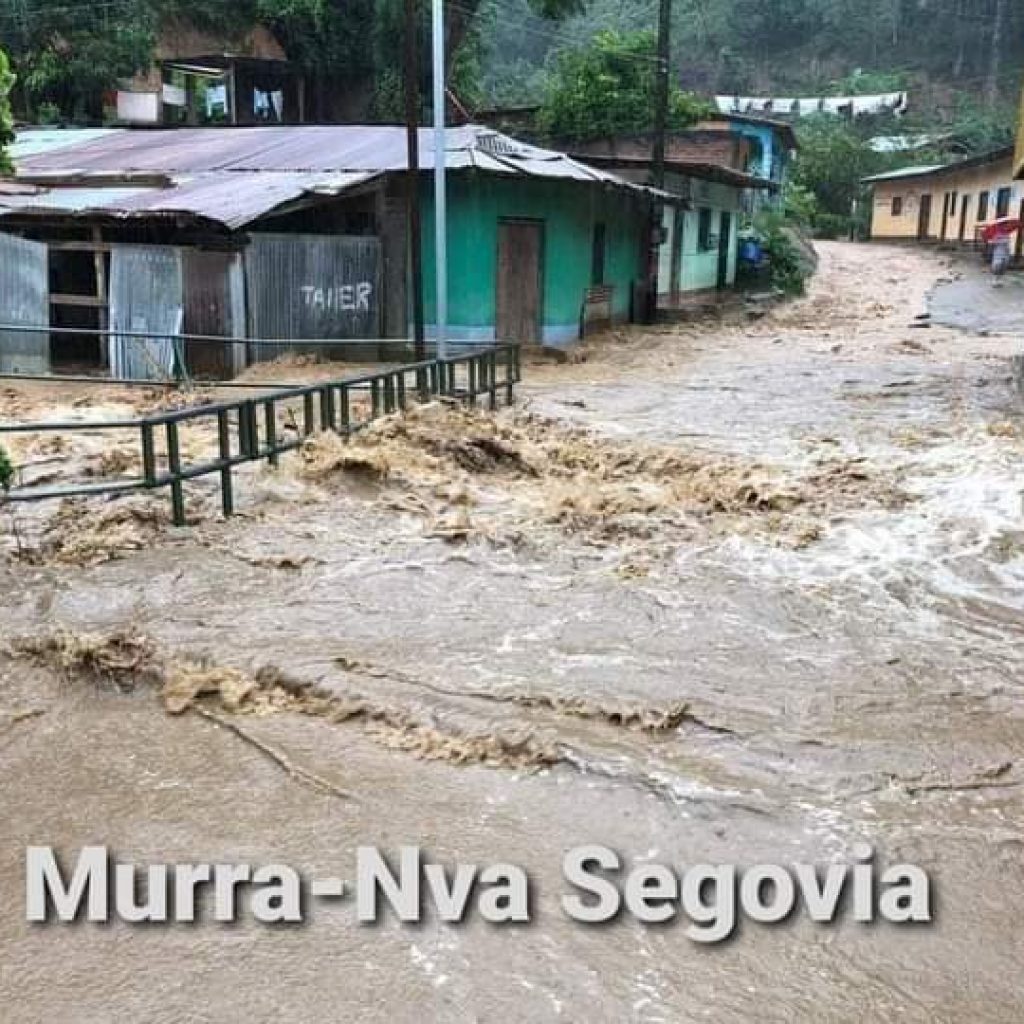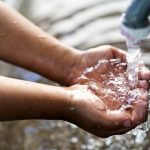Hurricane Eta and Iota Update
On November 16th, less than two weeks after Hurricane Eta caused catastrophic flooding and destruction throughout Central America, another hurricane, Hurricane Iota, struck the already devasted Nicaraguan northeast coast. This region was devasted just two weeks before by Eta and has hardly had time to recover. The path of Hurricane Iota moved north to Honduras which experienced catastrophic flooding from Eta.
Hurricane Iota is directly affected both of our country offices in Nicaragua and Honduras and the surrounding communities in which we serve. Though the winds were incredibly dangerous, the most damaging part of the hurricane was the tremendous amount of rain that followed.
Photo source: Canal 10 Television Nacional
Nicaragua and Honduras received torrential rain once again in an area flooded by Eta 2 weeks ago. These communities are our most vulnerable communities with limited infrastructure already severely impacted by the pandemic and Eta. The communities in which EOS serves receive their water supply directly from rivers and streams and that have been severely flooded. During powerful storm surges, water and sanitation services are among the first to fail, leaving communities vulnerable to the spread of deadly diseases.
EOS is well-positioned to respond to emergency situations like this and help restore the water systems already in place. We had to pause our community visits for a few days because the rivers are flooded over the roads, bridges are out, and the mountainous roads have been destroyed and not passable with our motorcycles. We have stayed in touch with all of our rural communities through WhatsApp or messaging that we actually ramped up during the initial months of the pandemic. We advised many communities to temporarily shut off their water supply into the homes as the mud from the excessive rain would contaminate their whole water system and filters, they have in place.
EOS is fortunate to have experienced staff to deal with emergency situations like this and we have a large network of 1500 communities we support and provide technical expertise too. We are keeping all of our communities on alert and leveraging our resources to get their water systems back up and running as soon as possible.
EOS sees a significant need to provide assistance to these communities that have been devasted by the pandemic and now two back to back hurricanes. We are fortunate that we are in a position to respond immediately to the need. Since the pandemic, EOS has reached over half a million people, providing over 3,000 community visits, 1,651 community chlorine measurements, 180 new water chlorinator installations, 102 training meetings, and 422 community water tests in our laboratory. Now more than ever before, safe water saves lives.







